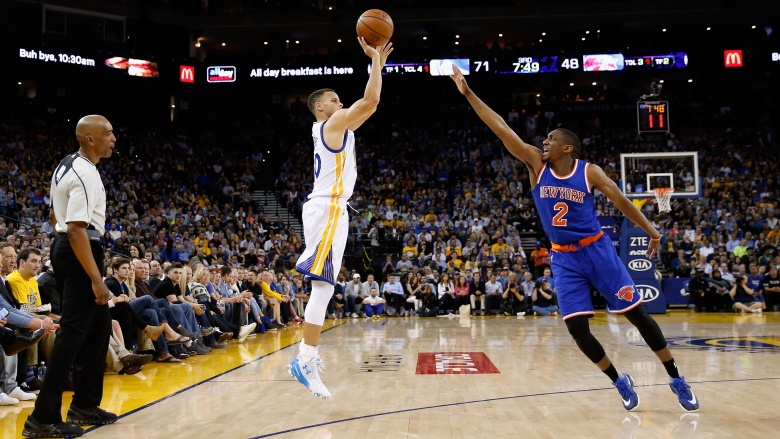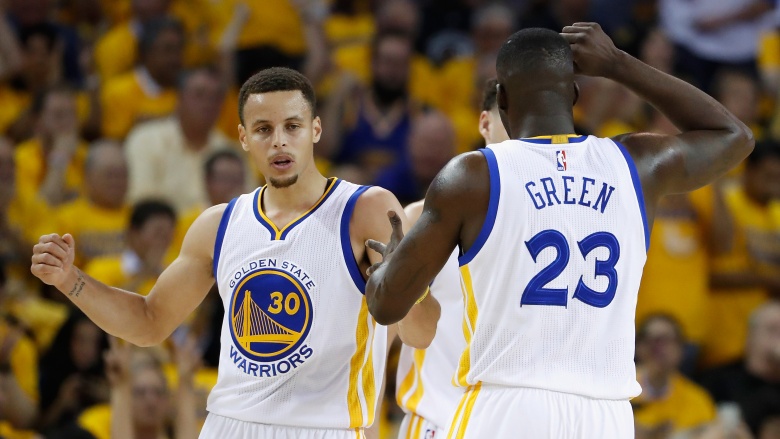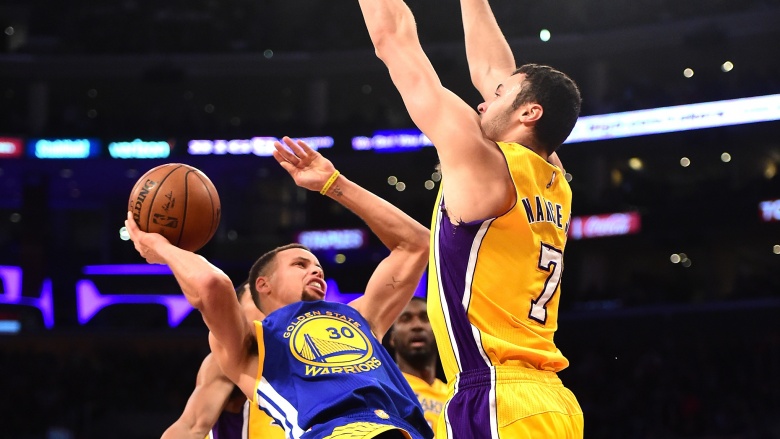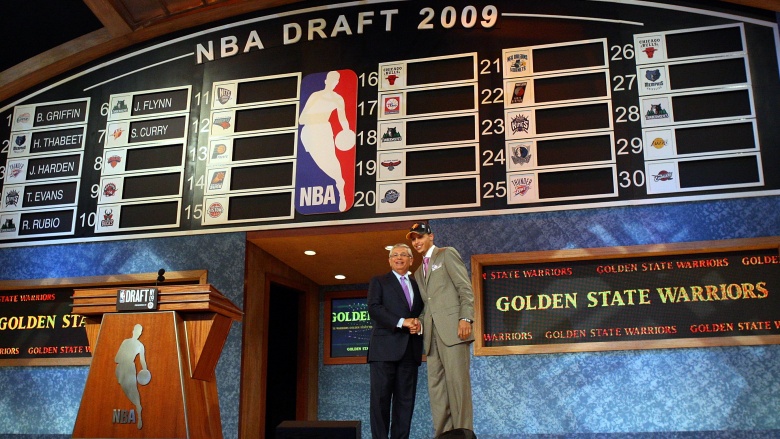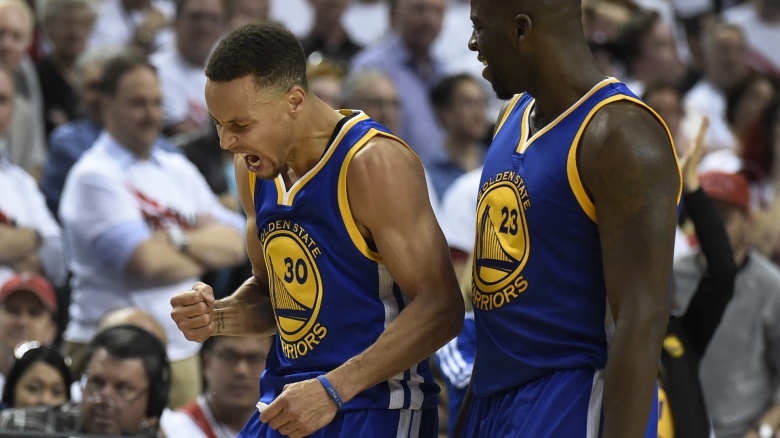How Steph Curry Is Changing Basketball Forever
There can no longer be any doubt about it: Steph Curry is fundamentally changing the way basketball is played, both in the NBA and beyond. His singular talent has led to a new style of play, resulting in a 73-win season for the Golden State Warriors, a unanimous MVP award, a second straight trip to the NBA Finals—and a legion of imitators. Here's a look at some of the ways Curry is changing the sport for good, and why.
Three-pointers
If it seems like teams are taking more three-point shots than ever before, that's because they are. And not just taking more, they're making more. So why the trend away from the basket? Simple: it works for Steph Curry and the Golden State Warriors, and once you win a championship, you're bound to spawn a raft of imitators.
A quick look at the NBA single season record for most three pointers made illustrates how Curry himself has taken things to a new level. In 2013, Curry set the record with 272 three-pointers made, and then broke his own record in 2015, with 286 made. This year? He obliterated the record, with an incredible 402 shots made. It's simple math: when your opponent is scoring three points for every two you get, there's no way to win. The only option is to try and take more threes yourself, which is exactly what the rest of the league is doing.
The smaller lineup
A major byproduct of Curry's emergence, and the increasing dominance of the three-pointer, is that it's moved the game out to the perimeter, and away from the key. And that, in turn, has de-emphasized the role of big men in the sport. 40 years ago, the center was the preeminent force in professional basketball. Even 20 years ago, during the grindfests of the '90s, it was the bigs who controlled the action. Now, they are increasingly irrelevant.
That, in turn, has led to teams experimenting with all-small lineups. And again, it's Curry's Golden State Warriors powering the trend with the regular use of the 6'7" Draymond Green at center. Other teams may have bigger and stronger players clogging up the lanes, but those players can't defend Golden State's faster, quicker players. Instead, Curry can just go around bigger players, or shoot over them with his patented step back. The more the game becomes a run-and-gun, jump-shooting contest, the more the center goes the way of the dinosaur.
Skill vs. muscle
One of the benefits of the league's transition away from big men towards guards, is that it has led to a new emphasis on skill over strength. Today's game isn't just faster and freer than it was 20 years ago, it's more skilled. That's partially because of the Curry effect, and partially because of changes to NBA rules designed to allow a talent like Curry to change the game.
Back in 2001, some of the NBA's top owners and rulemakers gathered together to see what they could do to revive a flagging game. The 1990's had been a decade of hard fouls, grabbing, clutching, and clogging defense, that led to a boring and at-times unwatchable game. The owners decided to change the rules to allow for more open play and hinder obstructionist defenses. In other words, they created the perfect environment for someone like Curry. He's not just a random agent of change — he's almost an engineered antibiotic, designed to heal the league by flushing out the unskilled players that were weakening the NBA body.
The draft
Another seismic change Curry has made in the league is also one of the most subtle, because the full effects haven't yet been felt. But the way Curry plays the game isn't just changing the NBA — it's trickling down to the college and high school levels as well, as younger players who maybe don't have the size and strength required by previous generations of NBA players, now see a path to stardom by emulating Curry's shooting skill instead.
That, in turn, is beginning to change the NBA on a microscopic level, because the types of players coming through the draft are going to be fundamentally different going forward than they used to be. The college game is already morphing to a faster shooting game, just like the NBA. That means more guards, more shooters, more athleticism, and more skill. Likewise, this also means fewer centers, fewer power forwards, less size, and less brawn. Even if NBA teams wanted to switch back to the old style of play, soon they won't be able to, simply because the types of players they'd need to do so will not be available.
Passion and fun
Exactly why are so many young players emulating Curry these days? Two words: passion and fun. Curry plays hard, and he enjoys himself. That goes a long way with both kids and fans. "Kids are pressured so much, and it has stopped being about fun and passion for the game," Harvard basketball coach Kathy Delaney-Smith told ESPN. Thanks to Curry's example, though, "now freshmen can't leave the gym because it's so fun. That's passion, and that's probably exactly how Steph learned to do those same things."
Add up Curry's influence on both the current NBA, and on future generations of players learning the game from watching him play, and there's no doubt among many basketball lifers that these changes are here to stay. "Steph Curry is changing the way the game will be played in the future," Dallas Mavericks head coach Rick Carlisle told the Fort Worth Star-Telegram. "I'm sure of it, and that's an historic thing."
It certainly is.

